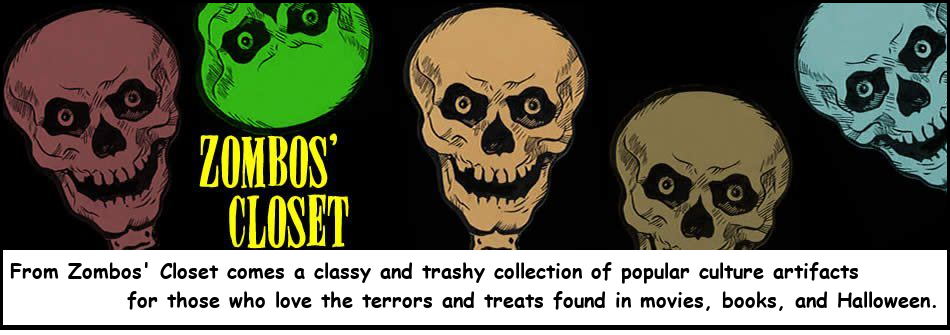Book Review: Peter Straub’s A Dark Matter:
Mesmerizing To A Fault
A DARK MATTER evolved out of a desire I had to think about the various sages and gurus I had seen pass through Madison, WI, in the
mid-sixties. I think there were three altogether; at least, I witnessed the actions and behaviors of three of these gents. They were all articulate, interesting, and predatory. Almost all of what they said was nonsense, but they did get a bunch of kids to look into the Tibetan Book of the Dead.I started to wonder: what might happen if one of these sleazy wisdom-merchants did actually reveal a portion of the Other World, the World Unseen, in the course of a home-made ritual. (Flames Rising interview with Peter Straub)
Zombos Says: Good (but clever structuring overpowers the simple plot)
Peter Straub opens wide his magic bag of literary tricks in A Dark Matter, weaving a mesmerizing occult tale of mystery, told through colorful characters, each in turn recalling memories of a tragic day in 1966. But this illusory tale, while executed with masterful artifice, is tepid in its effect, and climaxes into a theistic mumbo-jumbo of outrageous imagery and philo-babble wordplay that intrudes, more than it reveals, with its copious stream of self-conscious dime-store novelty diatribe.
Straub wields his sleight of sentence flourishes with ease. Meta-fiction rolls adroitly across his fingers as author Lee Harwell, spurred on by a chance meeting with recollection, and goaded on by Garvin, his agent, to maybe try a non-fiction book to rekindle his writing ardor, begins to ask what really happened to his school chums in the agronomy meadow on that day in 1966; a day that left one torn apart, one missing, one blind, and one, speaking only in quotations from literature, confined to a mental institution
But can we trust Harwell? Is Straub subtly misdirecting us with the role of his questionable narrator, making us doubt how much his fictional author is actually telling us. Harwell is a writer after all and through his distillation of interviews with each survivor of that day, can we really be certain he relates everything exactly as revealed to him by the others? Especially since his wife, Lee Truax, nicknamed the Eel, is the most important person to be affected by what transpired in that meadow so many years before.
Straub's conjuring assistant for this literary illusion is Spenser Mallon, a vulpine-faced guru of the Esoteric who can recite lines from Agrippa's Three Books of Occult Philosophy as easily as lallation utters from a baby. Agrippa's major and minor arcana fever dreams provide Straub's flourish of textuality in fleshing out anthropomorphic visions of saviors and destroyers and unholy bystanders prowling the border between reality of the moment and the moment of reality for each of them, which leads to a dark matter within and without and in-between that shadows their lives.
Using dialog and vivid recollections–made by equally vivid characters–divvied into chapter and section beats evoking a 1960's syncopation of artsy and preppy, acid-trip intellectualism and pot-induced, faded blue jean mysticism, Straub unfolds his story revealing a little more each time, until at last the Eel reveals her meeting with those things inhabiting the borderland, unleashed by Mallon's parlour trick sorcery. The meeting is a tale wagging its own, and spins round and round in gorgeously compelling but obfuscating imagery and meaning. (The style and kind of which authors love to read because it inspires them to prove their mettle.)
A Dark Matter is intensely structural-conscious, executed with a skill few authors possess. But its structure delivers style over suspense and terror, and its denouement cops out with a let's-think-about-this-cosmological-horror-significance stream of consciousness wordplay that underwhelms with its lengthy pedagogical digression.
A bound galley from Doubleday was provided for this review.
